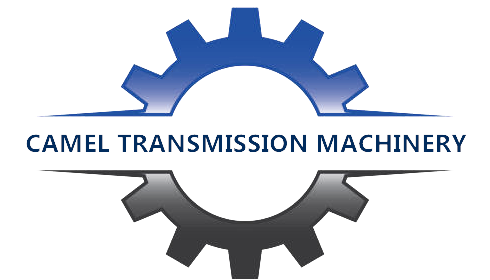The motor is the electric motor and the engine. The working principle is that the starter rotor is driven to rotate by the energized coil in a magnetic field, and the pinion on the rotor drives the engine flywheel to rotate. This technology product was first used in the automobile industry in 1912.

Motor Classification
Hydraulic motor: It is customary to refer to an energy conversion device that outputs rotary motion and converts the hydraulic energy provided by the hydraulic pump into mechanical energy.
High-speed motor: The gear motor has the advantages of small size, light weight, simple structure, good manufacturability, insensitivity to oil pollution, impact resistance and low inertia. Disadvantages include large torque pulsation, low efficiency, low starting torque (only 60%-70% of rated torque) and poor low-speed stability.
Vane motor: a hydraulic motor in which the blades in the rotor slot are in contact with the casing (stator ring), and the rotor rotates under the action of the inflowing liquid. Compared with other types of motors, the vane motor has the advantages of compact structure, smaller outline size, low noise, and long life. Its inertia is smaller than that of plunger motors, but its anti-pollution ability is worse than that of gear motors, and its speed cannot be too high. Work below 200r/min. Due to the large leakage of the vane motor, it is unstable when the load changes or low speed.
Radial plunger motor: With good reverse characteristics, the motor operation is absolutely quiet, suitable for servo systems. It can work bidirectionally as a motor or pump.
Axial piston motor: It is a shaft distribution type cycloid hydraulic motor with rolling bearing support. It adopts the overall structure design of the output shaft and the distribution mechanism, the toothed stator and rotor, the rolling bearing support at both ends, and the special imported rotary sealing ring to make The motor is allowed to work under high back pressure.
Low-speed hydraulic motor: simple structure, reliable work, many varieties and specifications, and low price. The disadvantage is that the volume and weight are large, and the torque pulsation is large.
Axial piston motor: It is a shaft distribution type cycloid hydraulic motor with rolling bearing support. It adopts the overall structure design of the output shaft and the distribution mechanism, the toothed stator and rotor, the rolling bearing support at both ends, and the special imported rotary sealing ring to make The motor is allowed to work under high back pressure.
Cycloidal motor: It is a small, low-speed, high-torque hydraulic motor with internal meshing cycloid gear. Its structure is simple, low-speed performance is good, and short-term overload capability is strong. The cycloid motor has a stator and a movable vane. The stator, vane and drive shaft divide the motor into two cavities. Each cavity has an oil port. When one oil port enters the oil, the other outputs oil, and the oil enters the vane. swing.
Piston type air motor: It is composed of connecting rod, crankshaft, piston, cylinder, body, air valve, etc. The compressed air passes through the valve to supply air to each cylinder in turn, so that it expands and does work, and the crankshaft is driven to rotate through the connecting rod. Its work mainly comes from gas expansion work.
